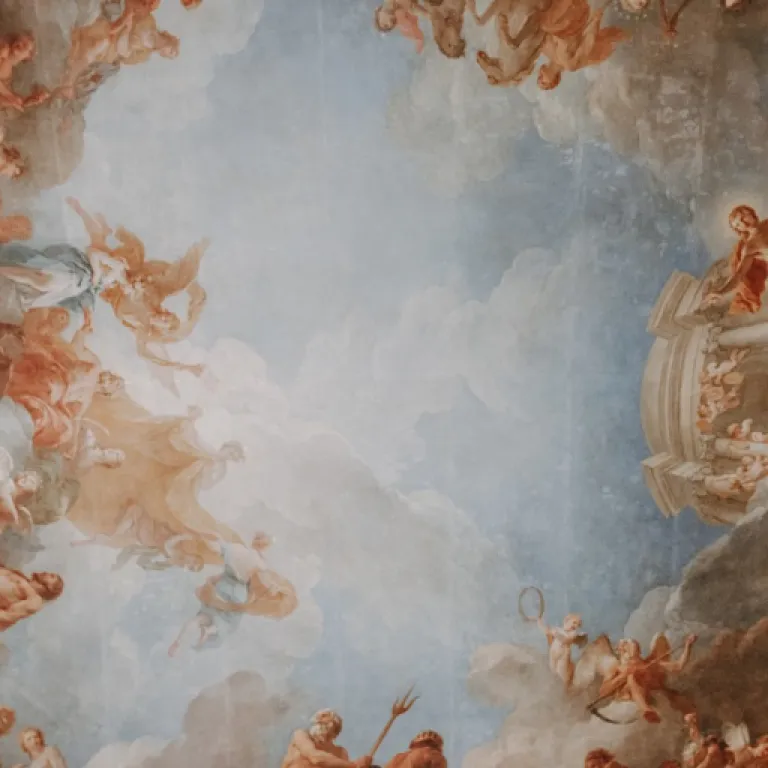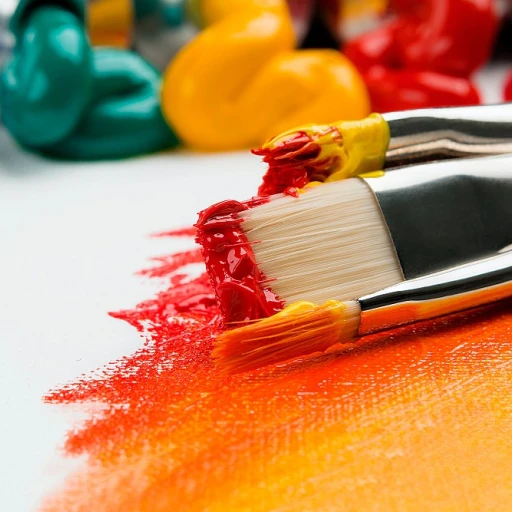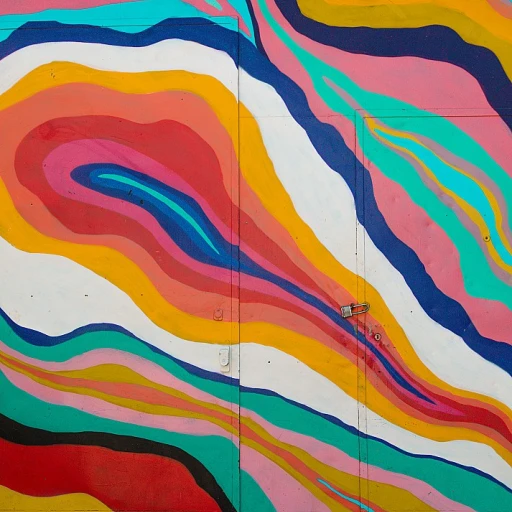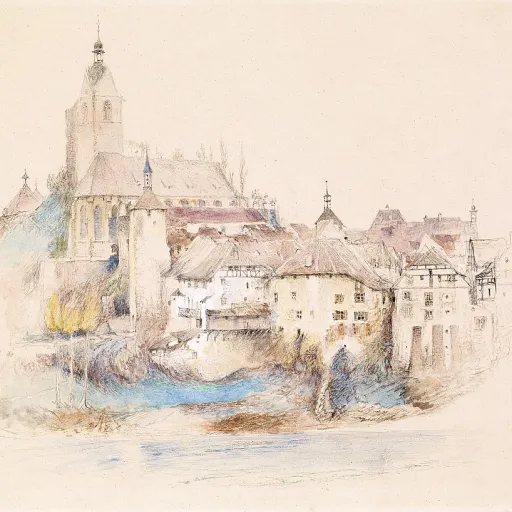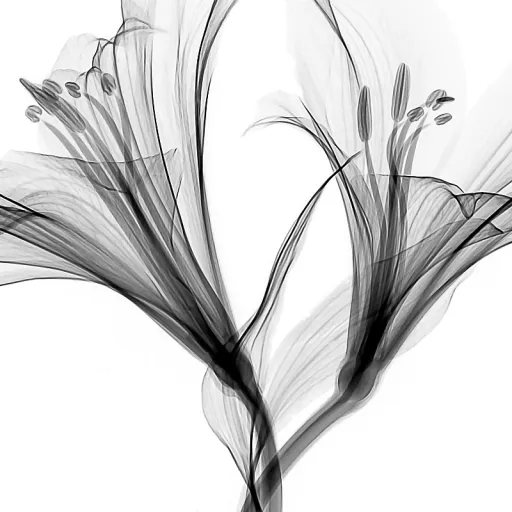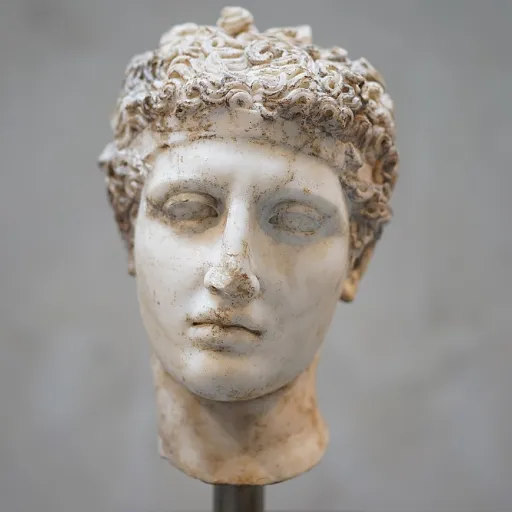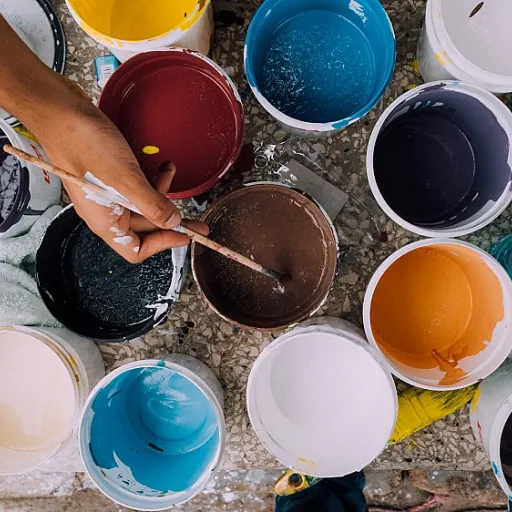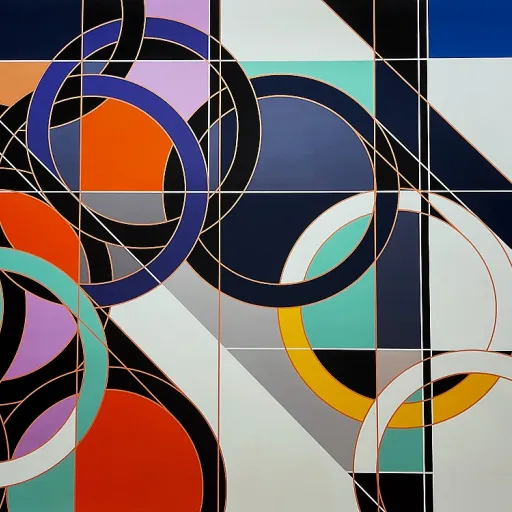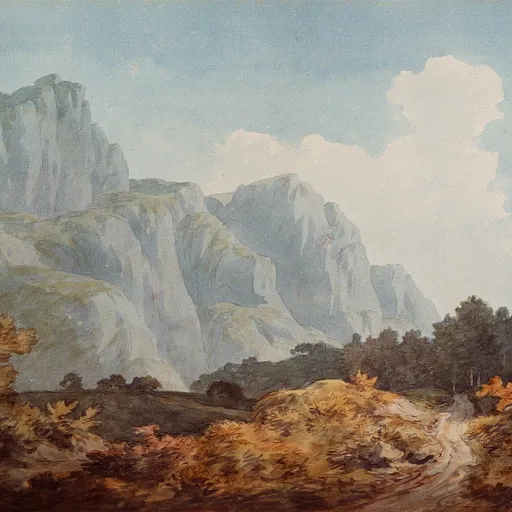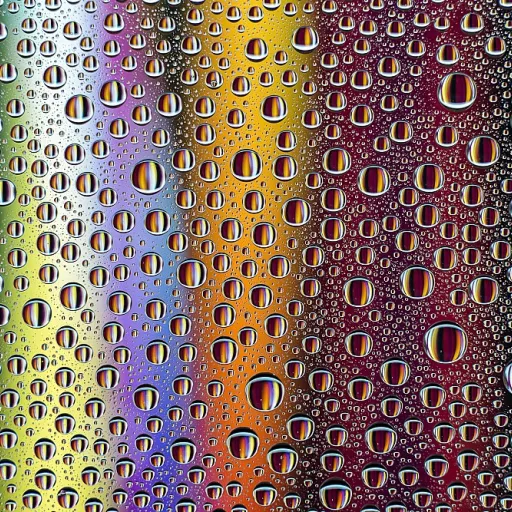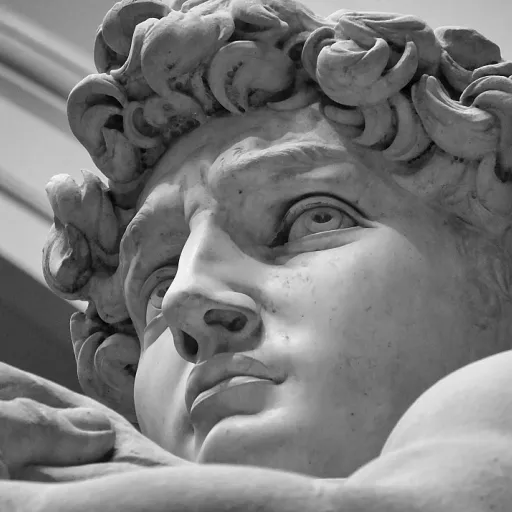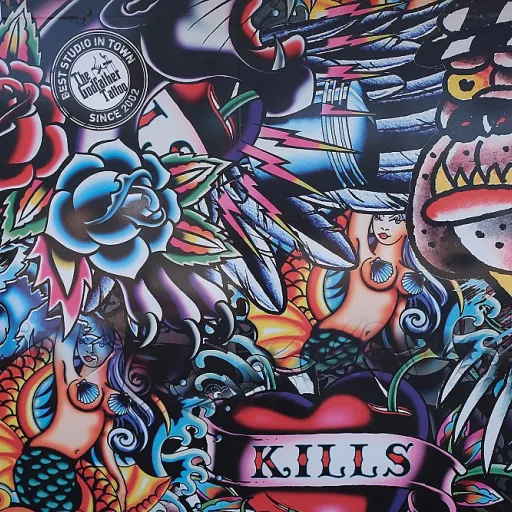The intersection of pop culture and luxury art
The Fusion of Pop Culture and High-End Artistry
In recent years, the lines between pop culture and luxury art have blurred, creating a fascinating intersection that appeals to collectors and enthusiasts alike. The Attack on Titan statue exemplifies this trend, merging the captivating world of anime with the meticulous craftsmanship expected in luxury artwork. This fusion not only elevates the status of pop culture icons but also introduces a new dimension to the art world.
Studios like Chikara Studio and Hertz Studio have been pivotal in this movement, producing resin statues that capture the essence of beloved characters such as Eren Yeager, Levi Ackerman, and Mikasa Ackerman. These pieces are not mere collectibles; they are intricate models that showcase the power and scale of the Attack on Titan universe. The attention to detail in each unit, from the titan's imposing size to the dynamic poses of the characters, reflects a commitment to quality that resonates with luxury art collectors.
The allure of these statues lies not only in their aesthetic appeal but also in their ability to evoke the narrative power of the source material. As pop culture continues to influence luxury art, the demand for such pieces grows, leading to a thriving market where these statues are often sold at a premium. This trend is not just a passing fad; it represents a significant shift in how we perceive and value art in the modern age.
For those interested in exploring the broader implications of this trend, the allure of ancient Egyptian deities in sculpture offers a historical perspective on how cultural icons have long been a source of artistic inspiration.
Craftsmanship behind the attack on titan statue
The Art of Precision and Detail
The Attack on Titan statue represents the exquisite artistry and craftsmanship that characterizes the world of luxury artwork. Created with meticulous attention to detail, the statue captures the raw emotion and energy of the series, bringing to life iconic moments and characters with incredible precision.
Crafted by skilled artisans, each unit, including the widely noted titan resin models, embodies the power and intensity of the characters it portrays. The studio involved in this process employs advanced techniques and high-quality materials, such as resin, to create figures that stand out for their durability and fine details. The level of craftsmanship can be seen in various elements, from the awe-inspiring titan forms to the nimble movements of characters like Levi Ackerman and Eren Yeager.
The scale of production often involves limited runs, with each process carefully managed to ensure that every resin statue meets the studio's high standards. These pieces often become collector's items, as the regular price reflects the intricate labor and artistry invested into each figure. The precision of details from the tension in the character's expressions to the texture of their clothing is a testament to the studio's dedication.
Achieving such models requires a combination of artistic vision and technical skill. Many studios invest in technology to achieve lifelike likenesses, combining traditional sculpting methods with digital modeling techniques. Such innovation allows for capturing even the subtlest expressions and dynamics that define the Attack on Titan series.
The pride and effort in creating these statues often result in them being sold out swiftly during pre order phases. Collectors and fans are drawn to the unique representation of their beloved characters, willing to pay the price sale for these enchanting pieces of luxury artwork. This intricate craftsmanship not only preserves the regular prices but also elevates each figure to a highly sought-after luxury status. For further insights into the world of craftsmanship in art studios, explore
the enigmatic allure of the Big Foot sculpture.
The market for luxury anime statues
The Fusion of Collectibles and Value in the Anime Art Sphere
Venturing into the realm of luxury anime statues, enthusiasts are met with a burgeoning market that skillfully marries the world of collectibles with sophisticated artistry. At the heart of this market lies the evocative Attack on Titan statue, a masterpiece that resonates with fans and collectors alike. The statue not only pays homage to a widely adored franchise but also serves as a touchstone for the craftsmanship and detail that define top-tier collectibles.
This statue is offered by specialized studios known for their meticulous attention to detail. Studios like Titan Studio and Chikara Studio are renowned for their capacity to produce outstanding pieces that captivate collectors. Respected for their expert craftsmanship, these studios possess the ability to transform a titan resin model into a captivating work of art—a testament to the skill and dedication infused in every piece.
Notably, the economics of these pieces are equally fascinating. With meticulous production costs, the price of an Attack on Titan resin statue can vary significantly based on factors such as scale, detail, and limited availability. A pre-order from a high-end studio attack can often command a considerable unit price, reflecting both the intricacy and demand for such statues.
Furthermore, the sale of these artistic pieces often occurs swiftly—their allure undeniable to fans eager to add an Eren Yeager or Levi Ackerman statue to their collections. As demonstrated by the regular price and eventual price-sale scenarios, the value of these pieces can fluctuate dramatically from their initial sale price. The popular mikasa ackerman model, for instance, often sees enthusiastic bids, with collectors appreciating the model power and size power inherent in each statue.
Incorporating a multifaceted appeal—ranging from artistic appreciation to investment potential—the luxury anime statue market is an intriguing and dynamic space for both studios and collectors. Enthusiasts are encouraged to explore more about how
Hiya ReplicaArt has influenced this realm, capturing the inherent allure and worth of meticulously crafted artworks.
Investment potential of luxury artwork
Examining the Value and Appreciation of Luxury Anime Statues
The allure of luxury anime statues, such as the coveted pieces from the Attack on Titan series, extends beyond their aesthetic appeal, venturing into the realm of investment potential. These stunning creations, including models like Eren Yeager and Levi Ackerman, are meticulously crafted by renowned studios like Chikara Studio and Hertz Studio, making them not only beautiful artworks but also valuable assets.
Investors and collectors alike gravitate towards these statues, recognizing their worth as both tangible artworks and significant cultural collectibles. The studio attack line, in particular, boasts exclusive limited editions that often appreciate in value over time. When a statue crafted with exceptional detail and quality in materials such as resin is released, they frequently see a rapid surge in demand due to their unique association with popular anime characters and storylines.
When assessing the investment value, it is important to consider factors such as the unit price and the scale at which these statues are produced. For instance, a titan resin model may have a regular price that appreciates post-launch due to the limited number of resin statue units sold. Collectors often seek these limited units in pre-order to ensure acquisition before a potential increase in price or a sell-out scenario. Once sold studio items can become exceedingly rare in the market, driving secondary market prices even higher.
Additionally, notable figures like titan Levi or Mikasa Ackerman from the series, owing to their immense popularity, often command higher unit prices and are seen as more lucrative investments. The power of the narrative, the intricacy of craft, and the limited availability all contribute to the steady appreciation of such collectibles.
Thus, while the attack titan series may first capture hearts with its dynamic storytelling and engaging characters, the statues representing this universe present not just a piece of art but a prospect of financial gain, reflecting the broader challenges faced by luxury artwork as discussed earlier. Recognizing these as part of the larger luxury art market gives them an intriguing position within investment portfolios, solidifying their stature as enduring assets.
Challenges in categorizing luxury artwork
Conundrum in Categorizing High-End Artwork
The luxury art world, where power and prestige intertwine with creativity, faces a unique challenge when it comes to categorizing pieces like the Attack on Titan statue. As these creations from studios like Chikara demonstrate exquisite craftsmanship, yet draw inspiration from pop culture phenomena, the task is not straightforward.
Determining whether these titan resin statues fall into the same hallowed halls as classical sculptures is complex. The intricate models of Eren, Levi, and others depict a narrative-driven universe, yet they also showcase a meticulous dedication to art that resonates with collectors and enthusiasts alike. This fusion of pop culture elements with high-quality materials like resin reveals the prowess of studios such as Hertz and their commitment to transforming ideas into tangible works of art.
A regular resin statue may come at a standard price, but once these items are sold as limited-scale editions or pre-order exclusive units, their categorization shifts. This is where the distinction between a regular piece and an investment emerges, as collectors perceive value not only in the statue's physical attributes but also in its cultural significance and rarity.
Luxury anime statues also challenge traditional views of high-end artwork. With growing demand, these pieces often see an increase in their sale price over time, challenging the notion of art solely as a purveyor of aesthetic pleasure. As such, collectors are left to grapple with how best to exhibit these pieces within their established collections, balancing the allure of traditional art with an appreciation for contemporary cultural trends.
Inherent ambiguities surrounding these titan-inspired creations reveal a greater dialogue on what constitutes luxury in today's art realm, pushing boundaries and redefining standards. As collectors, patrons, and studios alike continue to navigate these intricacies, the evolving landscape of luxury artwork sets the stage for exciting developments and redefinitions of what art can represent.
The future of luxury artwork in pop culture
Embarking on the Journey Ahead
The world of luxury artwork is at an intersection where traditional craftsmanship and the growing influence of pop culture converge. The future appears promising and expansive. As the allure of artworks like the Attack on Titan statue grows, the demand for high-quality, intricately designed pieces is expected to rise, not only among anime enthusiasts but also among collectors of fine art.
Luxury artwork, particularly in the form of resin statues, taps into the collective nostalgia and admiration for iconic characters, such as Eren Yeager and Levi Ackerman. These creations by studios such as Hertz Studio and Chikara Studio, with their exceptional detail and power, are pushing artistic boundaries. With models meticulously crafted to depict characters like Mikasa Ackerman and the formidable Titans, these works capture the power and scale of the narratives they represent.
However, the path is not without challenges. Defining and categorizing such pieces as luxury artwork versus regular merchandise remains complex. The investment potential is significant but must be navigated with insight into the ever-fluctuating market and pricing dynamics, from pre-order to sale prices.
Looking ahead, the sector can expect continued growth fueled by a dedicated fan base and an expanding audience that appreciates the fusion of artistry and storytelling through resin sculptures. The market will benefit considerably from innovation and the dedication of artists to create pieces that do not merely represent a character, but embody their essence—a true testament to the evolving landscape of luxury art in pop culture.
-teaser.webp)

